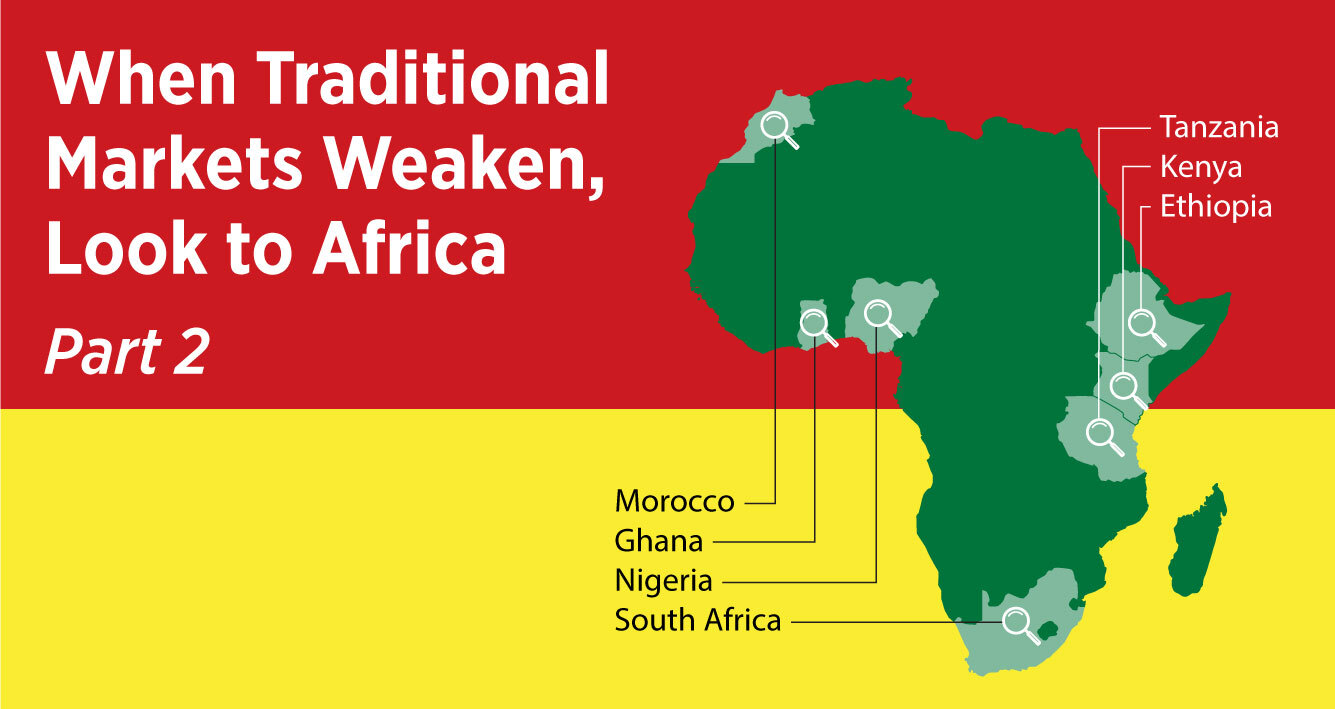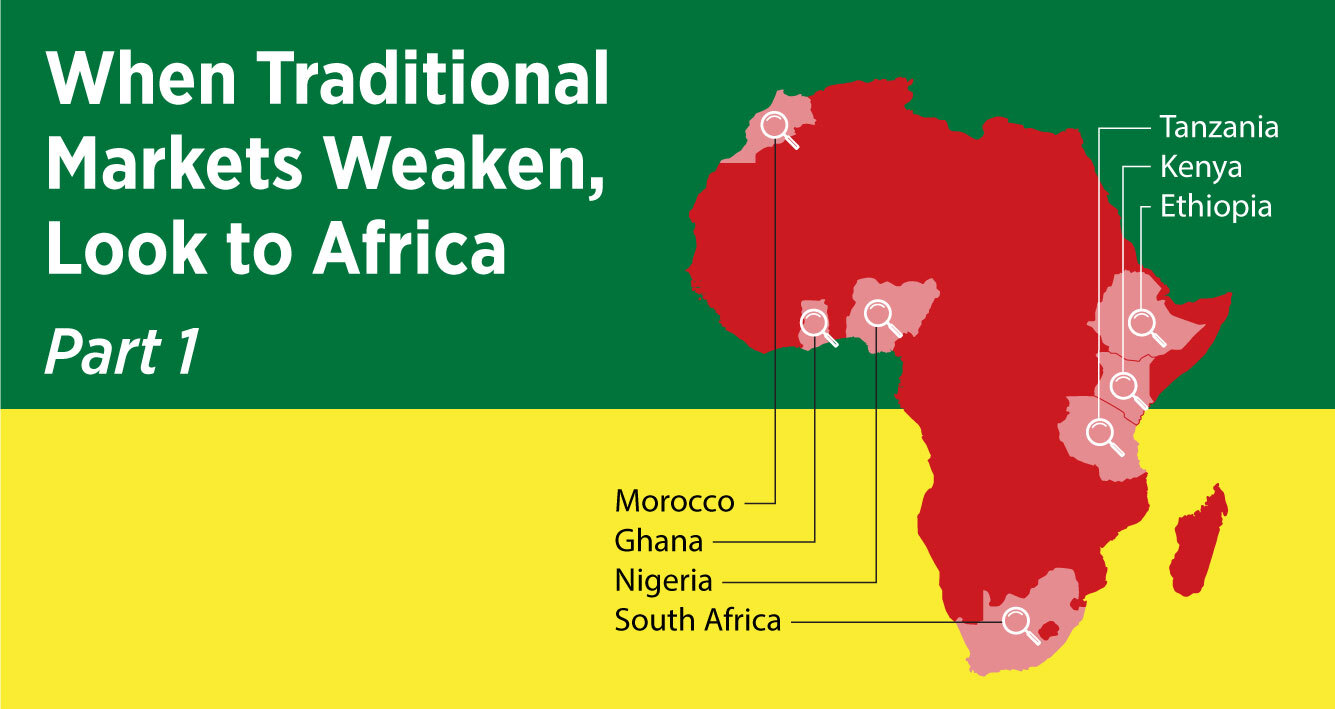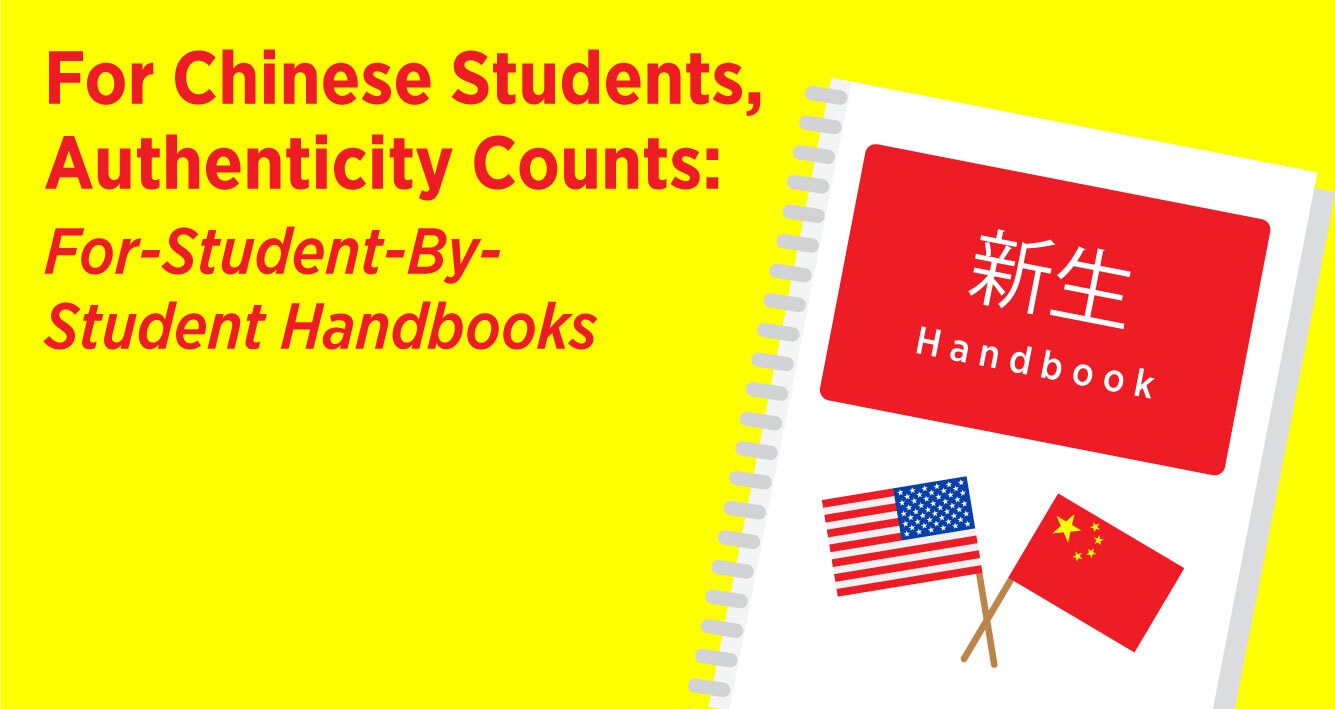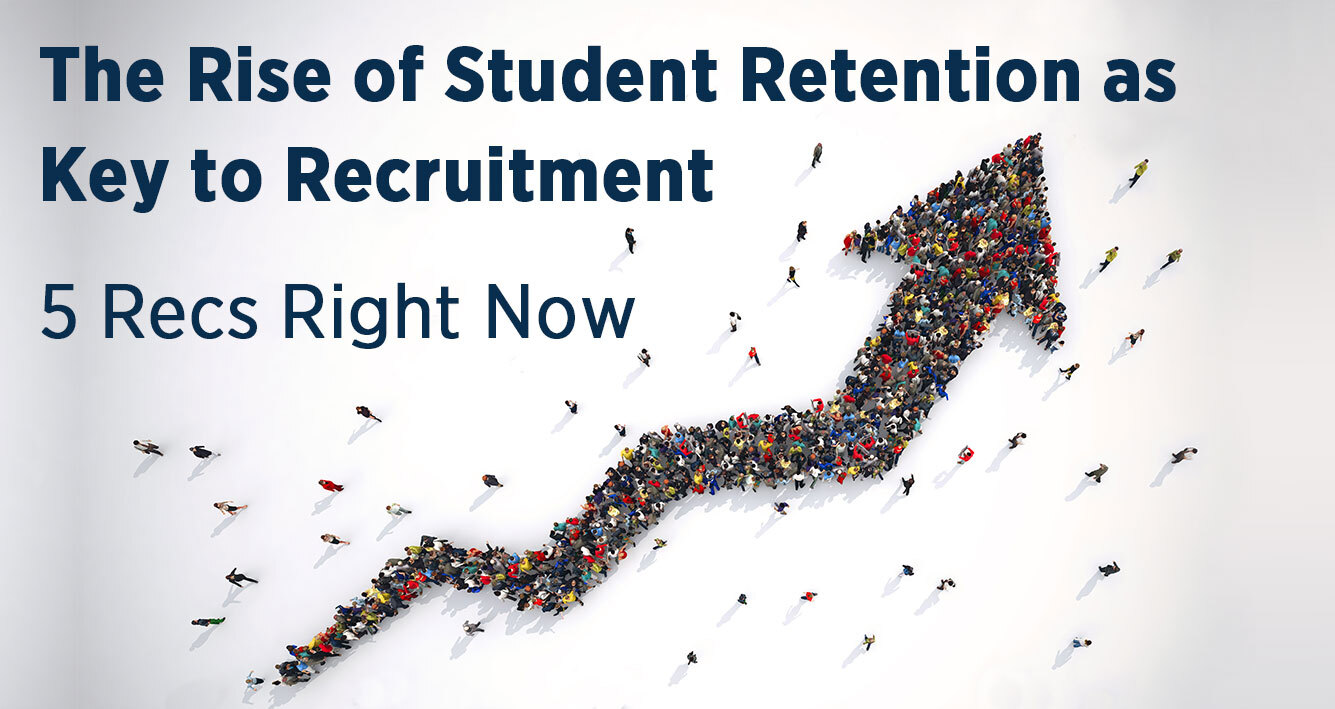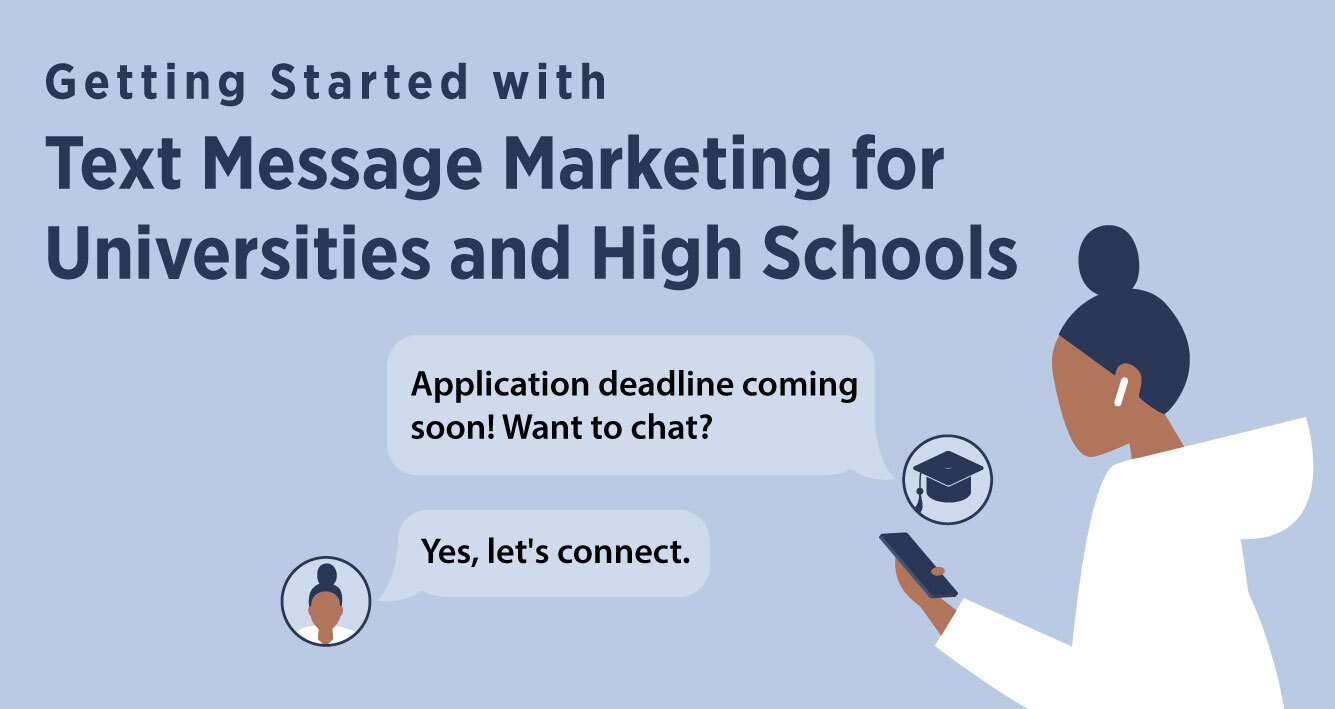If career outcomes truly drive prospective student decision-making (they do), then a critical question arises for most institutions: Are you effectively utilizing your alumni to recruit new and retain current students? (We know what your answer will be).
Last week’s blog post laid out the benefits of building a strong global network of alumni and three cost-effective ways to get it off the ground:
- Modernize data management
- Start small and build out
- Key into senior class leadership
Now, let’s talk about getting that network to engage, recruit, and help retain students.
But first, come learn with us. Your key international student markets are not what they used to be. Among our colleagues in this field, we see a tremendous thirst for gathering and evaluating recruitment options. Now is the time to pause and think this through. Join us at the Intead/San Diego State University One-Day Workshop, it’s a hands-on opportunity to learn from awe-inspiring international student recruitment faculty. You won’t want to miss it.
- A full-day hands on workshop on strategy & execution. Come with questions, leave with a plan.
- Two luminary keynotes
- Luncheon on Social Justice with Dr. Jewell Winn and Adrienne Fusek
- Dinner on Chinese Student Influencers with Dr. Yingyi Ma and Brad Farnsworth
- At $200 for the day (inclusive of all meals), this full-day learning opportunity is a steal. (Pricing goes up to $350 on October 24, 2022).
Ok, back to the power of your alumni!
The Michigan State University Alumni Association has had a strong program with clear goals for its Alumni Student Recruitment program:
- Increase the number of highly competitive and qualified students considering Michigan State at the undergraduate level and increase the percentage of admitted students who enroll
- Provide a local information source for inquiring students, applicants, admitted and enrolled students, and their families
- Provide regional assistance to the Michigan State admissions staff
Back in 2018, we were fortunate enough to co-present with Daniel Spadafore when he built and led this program at Michigan State in his role with the International Advancement Office. Also part of the presentation, Dr. Gretchen Dobson who has provided strong, consistent advocacy for the importance of alumni engagement that universities typically overlook.
Michigan State's goals can be adapted to other institutions based on their leadership, resources, and of course, the alumni network they have tracked to date. The process of implementing such a program is not as complicated as you may think.
Read on to learn more about how to develop an action plan for your alumni network that can yield positive returns on your investment.
Read More
.jpg)
.jpg)

